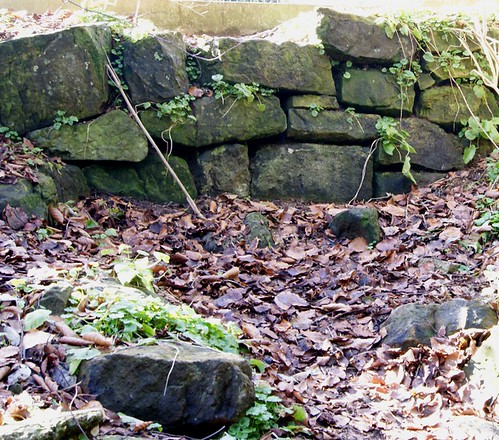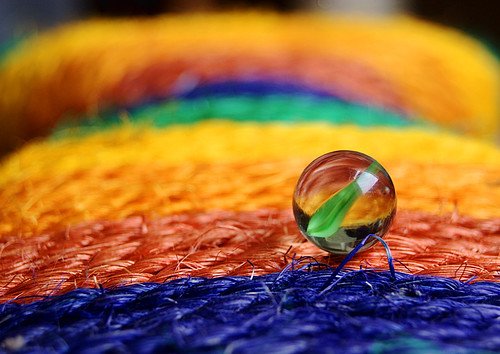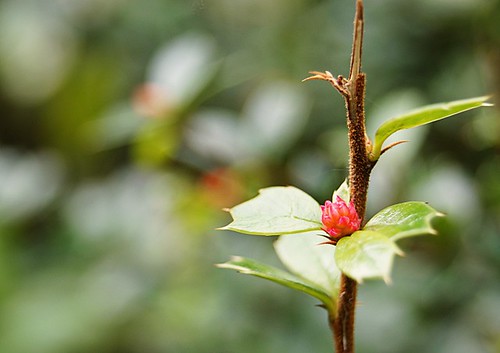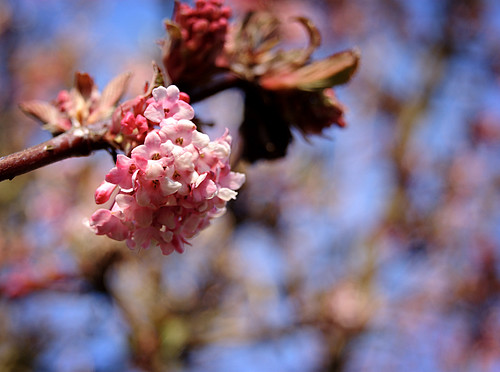Where aperture is the size of the opening which allows light into the lens, the shutter speed is the length of time your camera's sensor is exposed to the light. Use faster shutter speeds to capture instant moments and sharp images where the subject (or you yourself) is moving.

In this shot the wind was blowing a little, but where the exposure is set to 1/250th of a second, there is no movement blur.
If the light is low, the shutter speed will need to be increased in order for enough light to fall on the sensor and your shot to be correctly exposed. You can balance this somewhat by opening up the aperture wider (and increasing your ISO... more on this in a later post).
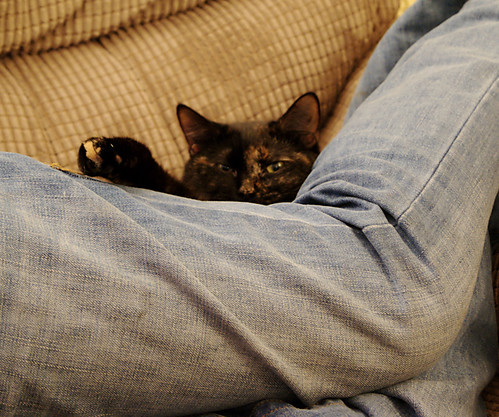
This shot was taken in the evening in my living room -- we only have two 60-watt uplighters lighting the room, and as I had the camera in Aperture Priority mode, the camera automatically chose an exposure of 0.5 seconds. This may not seem a lot but if you're shooting a moving subject or hand-holding the camera it can be an age. I had my elbows propped on the table to reduce hand-shake.
So for moving subjects or bright-light situations, a faster shutter speed is required. You can set your camera to Shutter Priority mode to control the shutter speed and let the camera work out the other particulars.
There will also be instances where you are actually aiming for a longer exposure; because you want to illustrate movement, or during night-time shooting, shooting fireworks or similar.
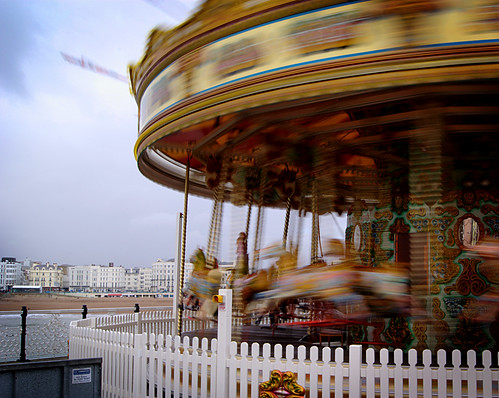
Here I was actually deliberately trying to capture the movement of the carousel so I switched to shutter priority mode and stopped down to 1/8th of a second. I wanted to go for longer but the shots were coming out way over-exposed even with the smallest aperture. Normally in long-exposure situations you absolutely MUST use a tripod (to avoid movement blur due to hand-shake) but miraculously I managed to stay still enough for this.
So, to capture crisp blur-free shots, a faster shutter speed is required (and wider aperture to compensate the light). To illustrate movement or shoot outdoors, a longer shutter speed is needed.
Next jargon post will be on ISO.
